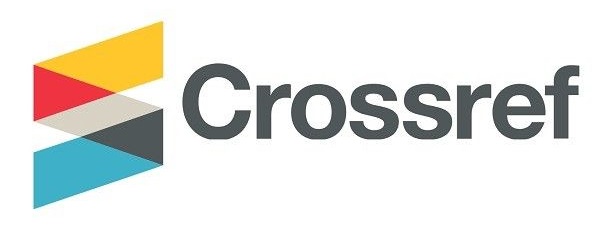Characterization of Climatic Parameters and River Flow Capacity on Electricity Generation in Jebba Dam, Nigeria
DOI:
https://doi.org/10.37745/bjmas.2022.0205Abstract
This study examined the characterization of climatic parameters and river flow capacity on electricity generation in Jebba Dam, Nigeria. It is a known fact that climatic parameters of rainfall, temperature and evaporation have the capacity to influence reservoir inflow and outflow as well as hydropower generation. The study collected secondary data of climatic parameters, reservoir inflow and outflow as well as hydropower generation from Mainstream Energy Solution Limited in 2018. The data were analyzed using averages and represented in graphs and charts. The results showed that there was rise in power generation from July to December with November having the highest power generation of 432.5MWH. Reservoir inflow and outflow rose from July to December with September having the highest discharge of 4860m3/sec inflow and 4858 m3/sec outflow. There was noticeable rise in rainfall pattern from May to November with September having the highest rainfall regime of 330.4mm in the Jebba river basin. However, February and November had the highest temperature regime of 360C each in the Jebba river basin. The highest evaporation rate was recorded in March having 25m3/sec during the period. Finally, the study has revealed the effects of these climatic parameters on the reservoir flow and hydropower generation in the Jebba dam. Therefore, the government should strictly consider the phenomenon of climate change as it affects hydroelectric power generation in Nigeria without further delay.
Downloads
Downloads
Published
Versions
- 29-05-2023 (2)
- 29-05-2023 (1)












